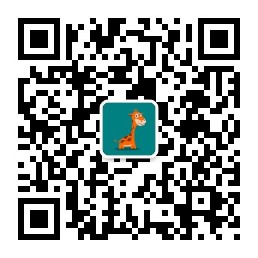第743期:日本捐赠祝语“岂曰无衣,与子同裳”英语翻译欣赏
继日本捐赠援华抗疫物资箱上的那句“山川异域,风月同天”震撼了中国媒体之后,另一批日本捐赠物资上写的“岂曰无衣,与子同裳”再次令我们集体语塞。

说实话,我本人为我们的文化贫乏感到汗颜。
今天这一期,我们就来谈谈“岂曰无衣,与子同裳”这句话的意思和英语翻译。
这两句话出自《诗经·秦风·无衣》,原文是:
岂曰无衣?与子同袍。王于兴师,修我戈矛。与子同仇!
岂曰无衣?与子同泽。王于兴师,修我矛戟。与子偕作!
岂曰无衣?与子同裳。王于兴师,修我甲兵。与子偕行!
全文三段,日本人选用了最后一段的前两句。选得很棒。
这首诗的意思想必大家都能看懂大意,不必翻译成现代汉语了。
据流沙河先生考释,这一首是秦军士兵操练时喊的战歌。每段四句喊完,第五句是喊口号,相当于如今下操时喊“一二三四”,于是秦军齐声高呼:“……与!子!同!仇!”“……与!子!偕!作!”“……与!子!偕!行!”
*裳:(cháng)下衣,此指战裙。
这首诗幸好有前辈翻译过了,不用我们再尝试。
杨宪益、戴乃迭 译:
Are you not
battle-dressed? 岂曰无衣?
Let’s share the
plate for breast! 与子同袍。
We shall go up the
line. 王于兴师,
Let’s make your
lances shine! 修我戈矛。
Your foe is
mine. 与子同仇!
Are you not
battle-dressed? 岂曰无衣?
Let’s share the
coat and vest! 与子同泽。
We shall go up the
line. 王于兴师,
Let’s make our
halberds shine! 修我矛戟。
Your job is
mine. 与子偕作!
Are you not
battle-dressed? 岂曰无衣?
Let’s share kilt
and the rest! 与子同裳。
We shall go up the
line. 王于兴师,
Let’s make our
armor shine! 修我甲兵。
And march your hand
in mine! 与子偕行!
还有一个译本,不知道是哪位前辈的佳作。
Why did you say that there’s nothing to wear? 豈曰無衣?
I will take my own skirt for you to share. 與子同裳。
The war comes from the great will of our Sire, 王于興師,
Let’s make ready the armour suits and spear, 脩我甲兵,
We move forward together in warfare. 與子偕行。
这两个译本不知道哪个才是杨戴两位先生的译文,读者如有知道,烦请留言告知吧。
附:
《诗经》总共有十几个英文全译本:
James
Legge的散体译本和诗体译本The Shi King(Oxford University Press,1871;1876)
William
Jennings的译本The Shi King(George Routledge and Sons,1891)
C. F. R.
Allen的译本The Shihching(London,1891)
L. Cranmer-Byng的译本Book of
Odes(London,1905)
Ezra Pound的译本Shih-ching(Harvard University
Press,1915)
Arthur Waley的译本The Book of Songs(Allen and
Unwin,1937)
Bernard Karlgren的译本The Book of Odes(Museum of Far Eastern
Antiquities,1950)
William McNaughton的译本The Book of Songs(Twayne
Publishers,1971)
许渊冲的译本Book of Poetry(湖南出版社,1993年)





